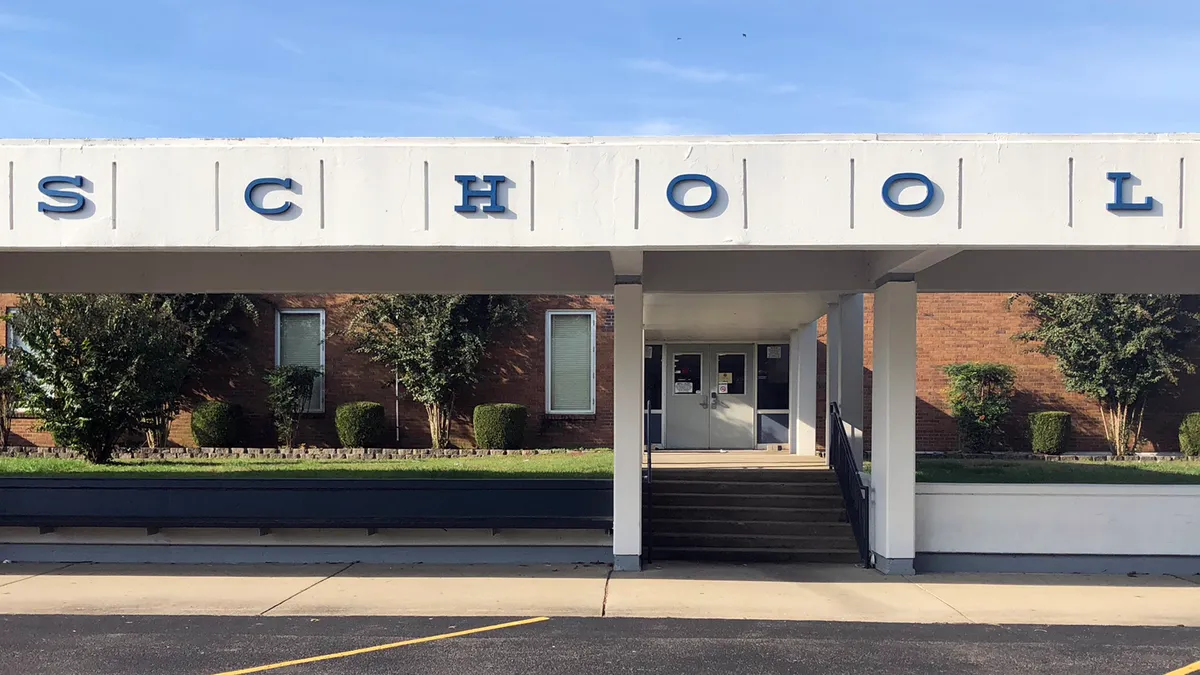Dive Brief:
- Project-based learning and social-emotional learning were two of the most common school-wide, student-focused innovative practices during the 2021-22 school year, according to research from the Center on Reinventing Public Education and Transcend, two nonprofit organizations that study school improvement and innovation approaches.
- School leaders in the study said accountability systems can be a hindrance to innovative practices. They wanted to learn about developing an expanded set of measures for student success, including assessments for nontraditional outcomes such as deeper learning and social-emotional skills.
- The findings are part of a multi-year effort to gather, analyze and share self-reported educational solutions so those stories spark a broader movement for ingenuity in supporting equitable and durable K-12 improvements.
Dive Insight:
The initiative to study school innovation practices, called The Canopy Project, relies on 132 nominating organizations to submit suggestions of innovative efforts taken on at traditional public, charter and private schools. Those identified schools then share how and why they are innovating and departing from traditional approaches in education.
Nominating organizations are asked to recommend schools that are reimagining programs. Organizations must also consider that the efforts for change have the backing of the school's leadership, are implemented on a school-wide level and put students at the center. There are, however, no requirements for how the innovative practices' outcomes should be measured or how long they should be in place.
"We're looking for schools that are really kind of shaking up old assumptions and challenging old assumptions in order to build learning environments that are designed around the strengths and preferences and needs of individual students, especially those who have been marginalized," said Chelsea Waite, lead author of the report and principal at CRPE.
The Canopy Project launched in 2018, and this latest report includes analysis of data collected last school year from 161 schools or learning environments. Despite the COVID-19 pandemic still hindering school operations, the researchers found plenty of examples of transformative practices. A few examples from the report include:
- Nashville Big Picture High School. At this public school in Nashville, Tennessee, students spend 10 hours a week with mentors at an internship in the community. The internships are a core component of students' real-world learning while at the school.
- Oceti Sakowin Education Learning Center. This six-student microschool in Rapid City, South Dakota, seeks to “cultivate and strengthen learners’ cultural identities by validating Lakota knowledge, using Lakota thought and philosophy as the reference point.” The school's approach is trauma-sensitive and instruction relates students' learning to the land and community around them.
- Social Justice School. This charter middle school in Washington, D.C., reports that it blends rigorous academic instruction with learning expeditions focused on social justice, liberatory design thinking and culturally-responsive learning.
While the report shares common themes from schools taking innovative approaches, it also addresses the challenges educators, system leaders, policymakers and others may face when seeking change, as well as recommendations for overcoming obstacles.
The report found, for example, the three policy factors school innovation leaders most want changed are graduation and seat time, assessment and accountability, and public and philanthropic funding.
Ten school leaders said graduation requirements or seat time are a hindrance to mastery-based, competency-based or personalized models, or to “anytime, anywhere” learning.
Many school leaders criticized accountability programs tied to state standards as restricting curriculum and limiting flexibility in instruction, the report said.
The report recommends policymakers better understand the challenges faced by school innovation leaders and consult with school leaders when designing policies. It also suggested school funding decision-makers create finance strategies that align with approaches taken by innovative schools. Funders can also seek out publicly-available information about innovative practices so that they can learn from best practices.
CRPE and Transcend also recommended researchers partner with schools to better understand the impact of innovative approaches.
"In order for these practices to spread and really take root, we need to understand what impact they're having but we also understand that a lot of them are not even designed necessarily to show impact on traditional measures like state test scores," Waite said.













